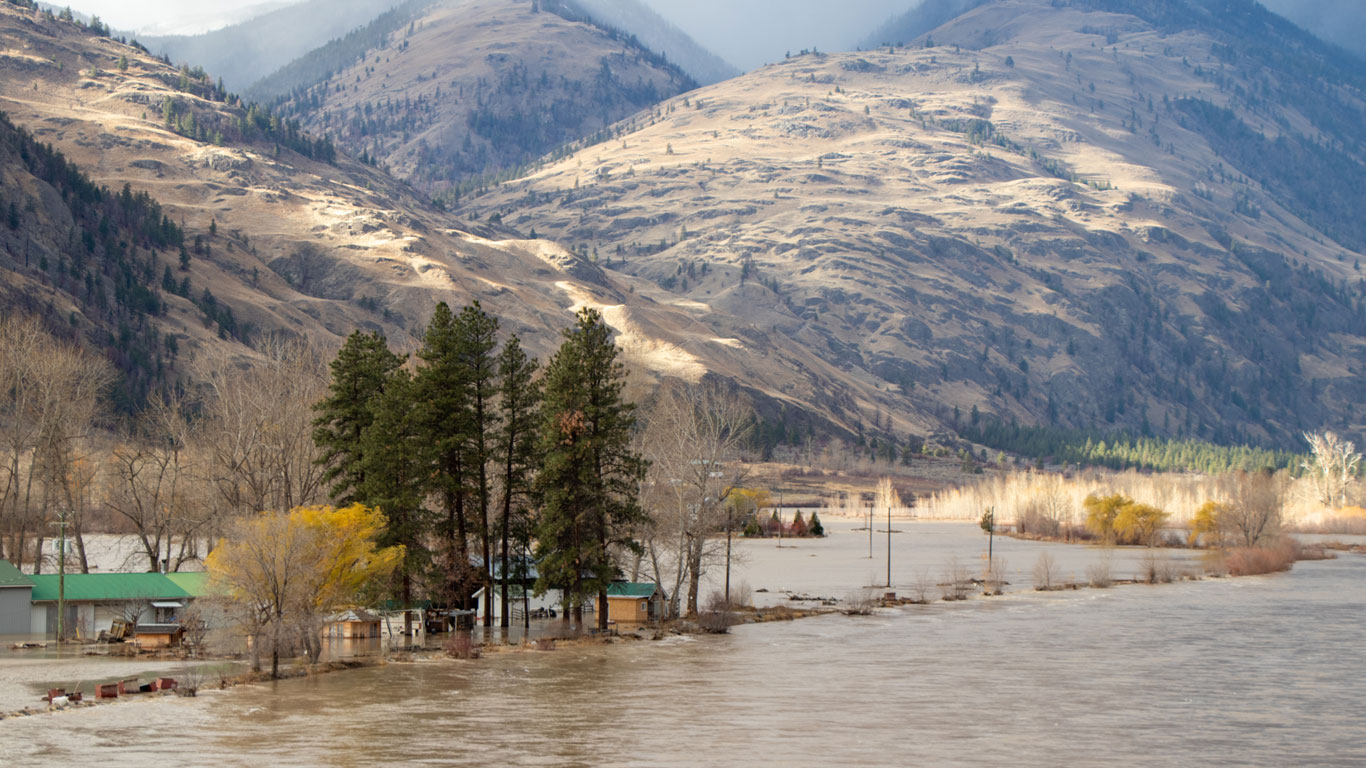
We are all too familiar with the economic and social upheaval caused by a global pandemic.
Mother Nature also reminded us over the last two years that weather plays an important role in our lives, the economy and ultimately our pocketbook.
According to insurance industry payouts, 2021 ranked as the sixth most expensive year in Canadian history ($2.0 billion) in terms of adverse weather events, and 2020 ranked as the fourth most expensive ($2.3 billion). Calgary was the hardest hit Canadian city over this two-year period, getting battered by severe hailstorms in both years.
Unlike the pandemic, which has touched us all, severe weather events are generally confined to a local area and may go unnoticed outside the stricken zone until prices start to rise.
The most obvious cost associated with adverse weather events is homeowners’ home and mortgage insurance premiums, which were up 9.7% year over year in January, the fastest pace of growth since November 2015.
Weather events also indirectly show up in food prices. Last year was the hottest and driest in Western Canada since 2002, leading to the lowest level of wheat production in since 2007. Lower crop production, alongside increased input costs, contributed to bakery prices rising 7.4% year over year in January. Food manufacturers were paying on average 50% more for wheat and canola in January 2022 than they were 12 months earlier.
Weather also affects our infrastructure. Railway carloadings of wheat were down 17.1% from 2020 levels to 22.8 million tonnes in 2021, the largest tonnage drop in 19 years. The decline was further exacerbated by extreme weather-related events in 2021, including temporary disruptions to rail amid wildfires in southern British Columbia, followed by flooding and landslides in mid-November that halted rail shipments in and out of the Port of Vancouver.
It even affects power generation. Drought conditions and the resulting low water levels in reservoirs in Manitoba contributed to the 10.1% decline in electricity exports.
The wildfires around Fort McMurray, Alberta, in 2016 remain Canada’s most expensive natural disaster in terms of insurance claims ($3.7 billion) and shaved an estimated 0.4% off Canada’s gross domestic product in the second quarter of that year. Forests equivalent to the size of Prince Edward Island were burned that spring, and approximately 8% of the homes in the area were lost to the fire.
The 1998 ice storm is the third most expensive weather event for insurers ($2.2 billion) and probably the most disruptive, contributing to the economy contracting 0.7% in January 1998. Over 2.6 million people were either prevented from getting to work altogether or impeded in getting there. This represented 19% of all employment in Canada. In the worst hit areas, those that received over 100 mm of freezing rain, close to 50,000 jobs were affected.
Hardest hit was Quebec, where over 2 million workers were affected by the storm, and 135,000 of them lived in municipalities where power was not fully restored before January 17, 10 days into the storm.
Contact information
For more information, contact the Statistical Information Service (toll-free 1-800-263-1136; 514-283-8300; infostats@statcan.gc.ca) or Media Relations (statcan.mediahotline-ligneinfomedias.statcan@statcan.gc.ca).
